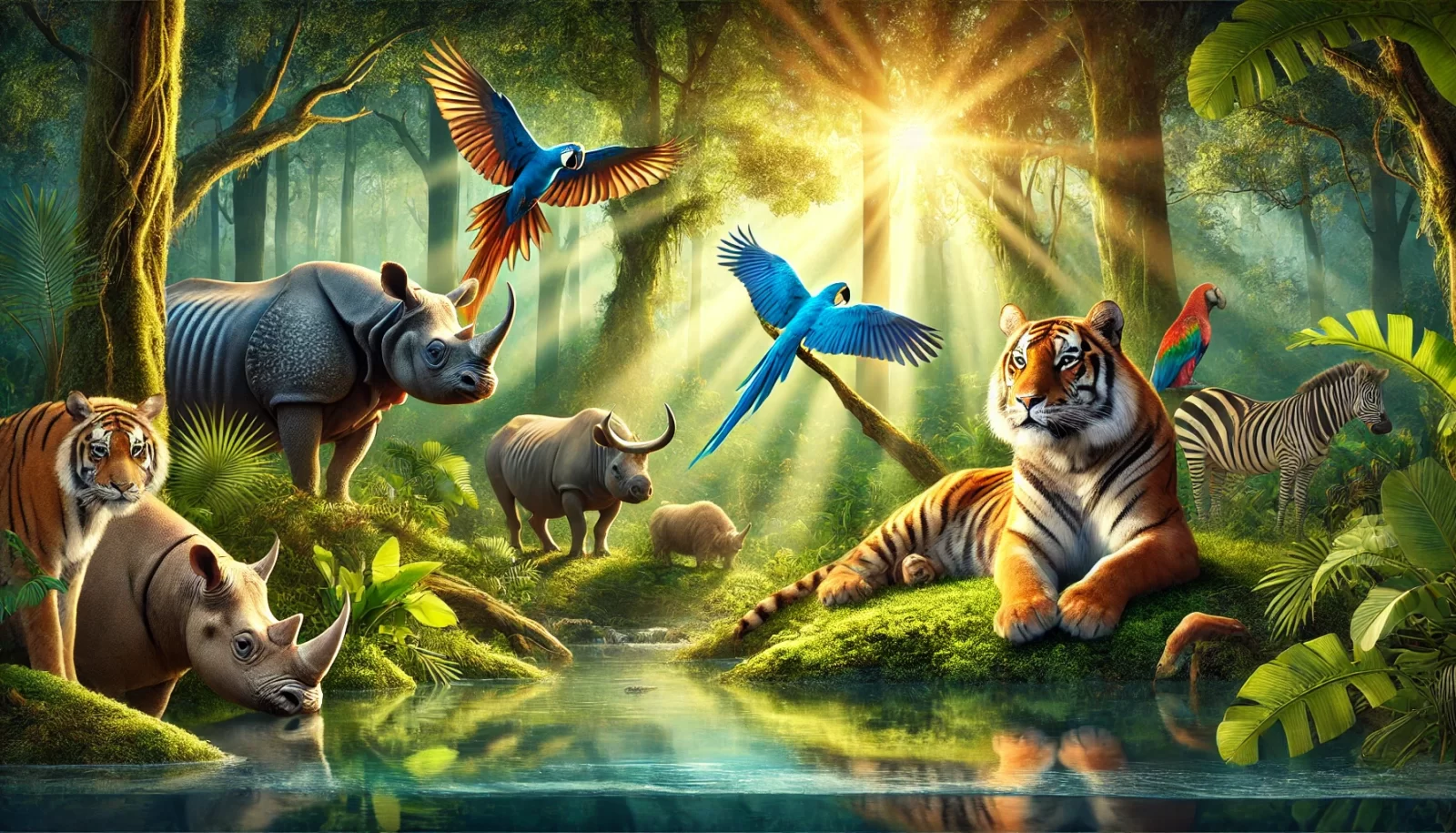How Sea Otters Help Save the Planet
(and Capture Carbon!)

🔎 Reliable sources, one goal: protect marine life
This content is a adaptation based on information from WWF and National Geographic — two global references in marine conservation and biodiversity protection. Both highlight the essential role of the sea otter in the health of kelp forests and the capture of blue carbon, showing how these charismatic animals are also true climate heroes.
Our goal is to make this knowledge more accessible and connected to the Brazilian reality, promoting environmental education and encouraging purposeful choices.
With their adorable faces and habit of floating belly-up, it’s easy to see why so many people fall in love with sea otters at first sight. But these charming animals are much more than cute — they’re true heroes of the oceans and the climate.
🌿 The power of algae — and the role of otters in coastal ecosystems
Kelp forests are marine habitats rich in biodiversity and act as powerful blue carbon reservoirs. They can absorb up to 20 times more CO₂ per hectare than terrestrial forests — a true asset in the fight against climate change.
But there’s a villain in this story: the sea urchin, which voraciously feeds on kelp and can devastate entire forests when left unchecked.
That’s where the sea otter comes in. With a fast metabolism and big appetite, it consumes large quantities of sea urchins, preventing them from becoming a plague. By keeping the food chain in balance, the otter allows kelp to thrive — acting as a true natural carbon capturer.
🦦 A hungry hero — and a positive impact on the climate
A single sea otter can eat up to 25–30% of its body weight per day! Favorite meals include mussels, crabs, and of course, sea urchins — the kelp’s top nemesis.
Without otters, sea urchin populations explode. They devour kelp at its base, leading to the collapse of entire coastal ecosystems. The result? Loss of biodiversity and reduced carbon capture — worsening the global climate crisis.
🌱 Beyond kelp: vital for seagrass meadows too
Otters also play a vital role in underwater seagrass meadows, which are equally important for carbon sequestration. By controlling crab populations that interfere with natural cleaning processes, otters keep these ecosystems healthy and productive.
This allows the meadows to grow stronger, capture more carbon, and store it in the ocean sediment — where it can remain for centuries. A great example of nature-based solutions.
🤝 A partnership that needs urgent protection
For centuries, sea otters were hunted for their dense fur, nearly disappearing from much of their original range. Today, thanks to marine conservation efforts, their populations are recovering — but still occupy only a small fraction of their historic habitat.
Without otters, kelp forests become underwater deserts. With them, marine biodiversity thrives — and the planet breathes easier.
🌍 What does this story teach us about climate and biodiversity?
The relationship between sea otters and marine ecosystems is a powerful example of how nature and climate are deeply connected. Protecting a keystone species like the otter means protecting an entire ecosystem — and contributing to natural, effective solutions to the climate crisis.







